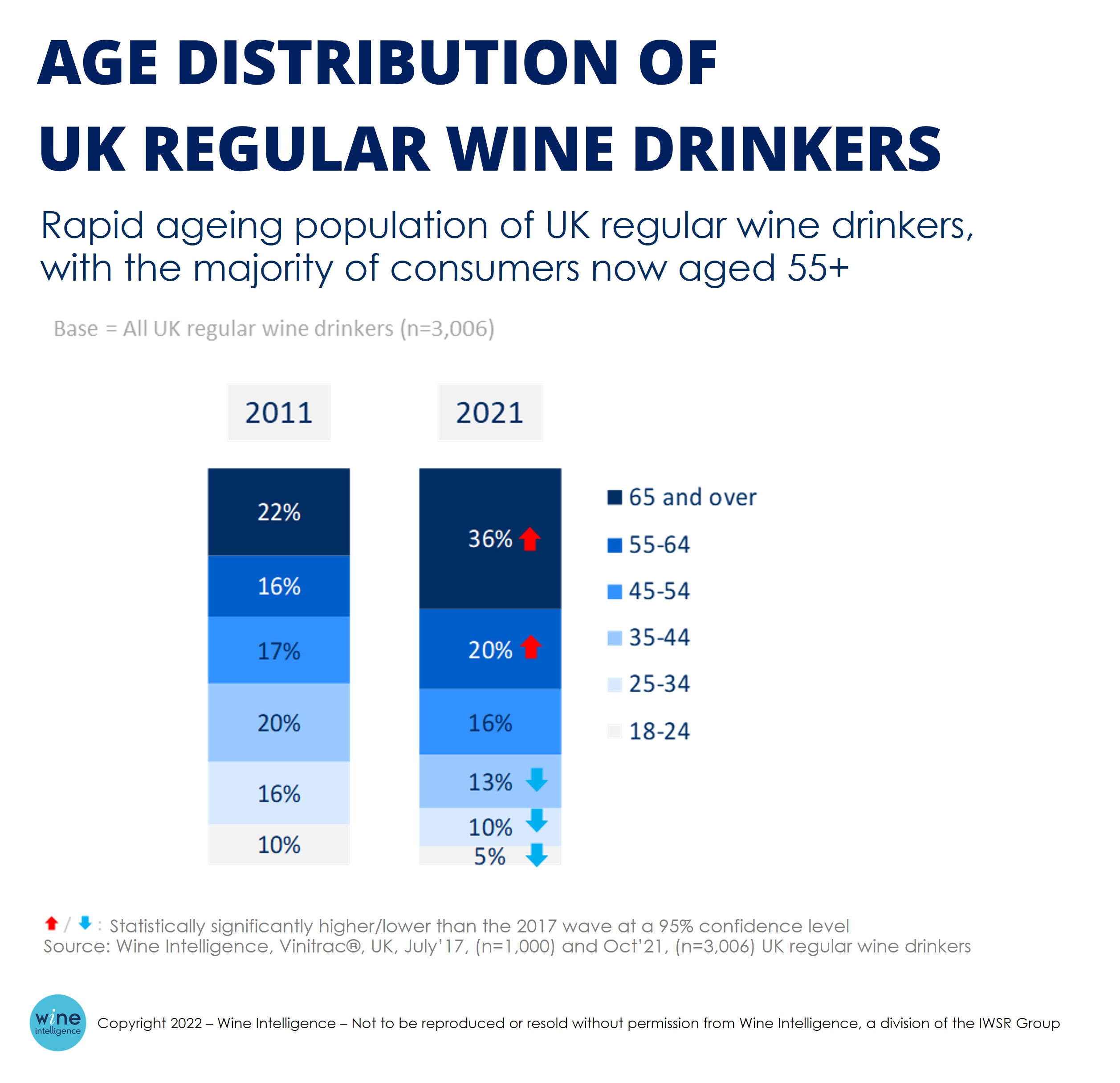A year after the UK started recovering from the first Covid-19 wave, what has changed?
In some respects, not much.
Wine category consumer attitudes, knowledge, confidence and relationships with wine brands are fairly consistent with last year’s observations. Wine experienced a short-term volume boost in the UK, and although the category will adjust downwards, IWSR market data shows that 2020 was the first year to see still wine volume growth after more than a decade in decline. There is some evidence that younger legal drinking age (LDA) wine drinkers are returning to the on-trade, but the reduction in on-trade participation caused by the 2020-21 lockdowns does not appear to have recovered yet.
The population of regular UK wine drinkers has also continued to grow older, and at a faster pace than the overall population of the United Kingdom. Why? In the short term, the pandemic drove younger LDA consumers away from the wine category and towards other beverages, as their main wine drinking occasions were in social settings and often on-trade locations.
However there appear to be longer-run trends at work. A growing interest in health and wellbeing could be a contributor to the shrinking of the regular wine drinking population and its age distribution. Gen-Z (of legal-drinking age) and Millennials are far more likely to be abstaining from alcohol altogether, or actively moderating their consumption, compared with older consumers. This phenomena also boosts demand for no- and low-alcohol products and should continue to gradually shape the market.
Channel preference has remained broadly similar over the past year, with a few exceptions. After a Covid-related boost in 2020, e-commerce use has remained stable, with supermarket and wine producer websites consolidating and delivery apps gaining grounds.
Alternative packaging formats are becoming increasingly popular, supported by younger LDA drinkers who are more inclined towards alternative packaging types for wine. Canned wine is the rising star amongst the alternative packaging types for wine in the UK, resulting from increasingly available options and enhancing quality. More than 1 in 10 consumers aged 18-34 years-old have recalled purchasing wine in a can over the last six months, three times more than for those aged 55+ and double that of the average UK regular wine drinker. We anticipate that sustainability pressures will further boost interest in alternative packaging and increasingly with a greater trade and consumer interest in light-weight glass.
More than ever, English wine is in the spotlight. Benefiting from a multitude of socio-economic factors, and a Covid-era desire to buy local and support local businesses, awareness and purchase rates of English wine have risen. IWSR data highlights this as well, with English sparkling wine forecast to increase by 4% volume CAGR 2021-2025.
You may also be interested in reading:
- New behaviours drive wine market opportunities in the UK
- Which key macro factors are driving the global wine industry in 2021?
- Millennials drive the sparkling wine category







Leave a Reply
Want to join the discussion?Feel free to contribute!